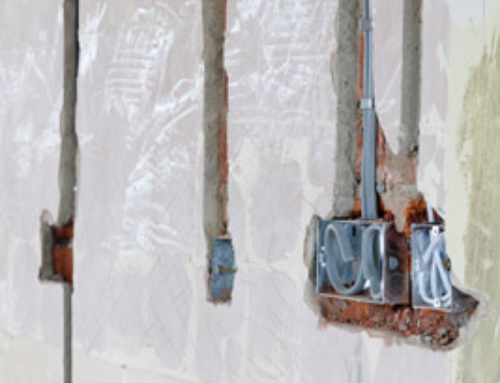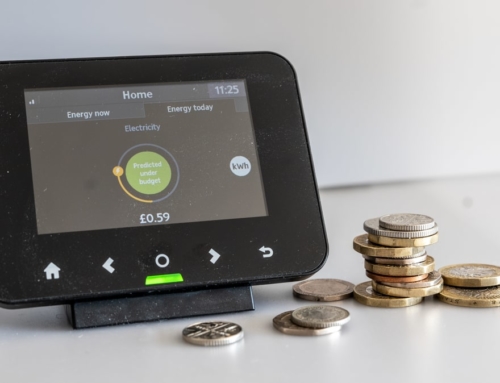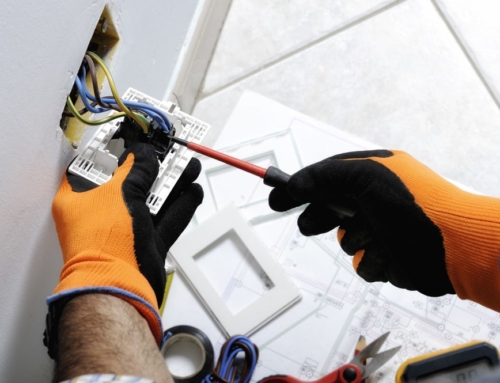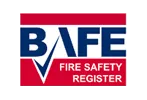
Make sure your electrics are safe
As certified electricians, we have to comply with Part P of Schedule 1 of the Building Regulations. This is a document that sets out the minimum required standards for the design and construction of buildings. (If you’re interested in reading the exact electrical safety rules that we work to, you can download Part P here.)
Building Regulations exist to make home improvements cheaper, safer and faster. They ensure that all homes have a basic standard of safety, and also set out energy efficiency requirements that help to collectively lower our energy use.
Where does Part P have to be used?
Part P of the Building Regulations must be used for the majority of large electrical projects in or around a home. That includes areas attached to the home, communal areas, and outdoors on gardens and patios. If your home is above a shop, Part P still applies, even though part of the building is technically used as commercial premises.
Note that this article only applies to properties in England and Wales, as Scotland and Northern Ireland have their own Buildings Regulations.
What kind of electrical work does it cover?
Part P sets out clear rules for all new electrical installations, as well as improvements to existing installations; a rewire is a good example. It also applies to the replacement of consumer units, installation of new circuits, or the addition of solar panels in your home.
There are specific rules about certain rooms. For example, in the bathroom, there are obvious safety procedures to follow, and in the kitchen, Part P helps to ensure that the electrical system can cope with high demand when lots of appliances are used at the same time.
Many people don’t realise that Part P applies to additional wires for telephones and other technology. So if you’re having a second line put in, perhaps for a burglar alarm or home business, it’s wise to check the rules.
If you’re hiring an electrician to replace a switch, cable, lights or sockets, this usually doesn’t fall under Part P. However, there are always exceptions, particularly in older properties where the replacement involves some kind of upgrade to capacity. We recommend that you use a certified electrician for every electrical job, so you don’t need to worry about whether something falls under Part P or not.
Who cares about Part P?
If your electrical work is not carried out to the specifications in Part P, you alone will be responsible, whether you live in the home or rent it. In fact, non-compliance may be a criminal offence. It’s your job to seek out a competent electrician and make sure you get a Building Regulations Compliance Certificate for all work that’s notifiable.
Don’t leave it to chance. If you fail to get work done properly, it could mean you have trouble selling your home in future. Even worse, you may find that dodgy electrics lead to injury or fires. Get MD Bespoke to carry out the work, so you have the peace of mind of knowing the job is done properly.
























